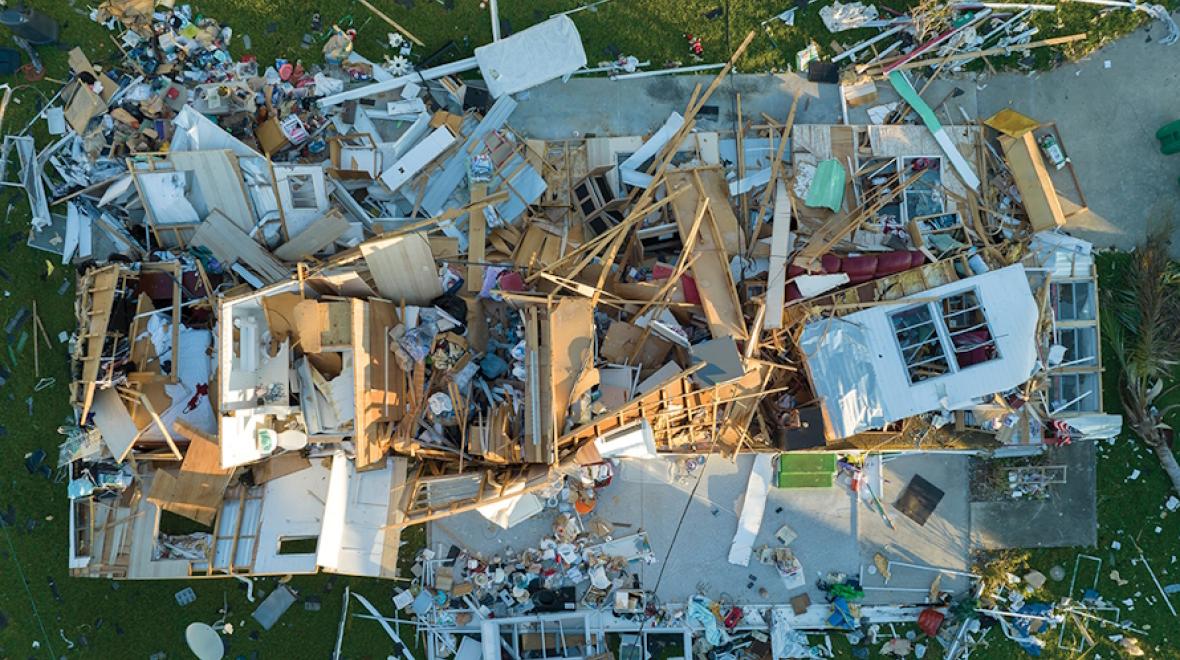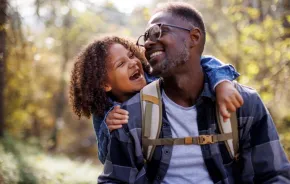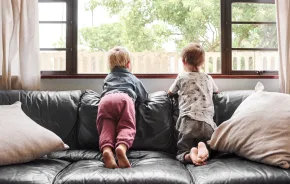
Everyone is afraid of The Big One — the predicted Cascadia earthquake that would destroy everything west of Interstate 5 and be felt throughout the Pacific Northwest. We’ve been talking about it for at least a decade, but earthquakes are not the only emergencies that Puget Sound–area families need to prepare for. We’ve always had severe seasonal windstorms, and now pandemics are part of the mix. Climate change has increased the frequency and severity of wildfires, heat waves and other extreme weather events. Let’s face it, emergencies are a lot more common and more varied than they used to be. So, in a world that’s getting more dangerous, how can you keep your family safe? Here’s what you need to know to make emergency readiness your New Year’s resolution.
Getting started
When you try to imagine and prepare for every disaster scenario, it quickly becomes overwhelming. But you don’t have to do everything all at once. Just take it one step at a time — every step you take makes you more prepared than you were before. And the first step is pretty straightforward. The most common types of emergencies are the ones we’re most likely to forget. Home-based accidents are much more common than earthquakes yet just as devastating when they occur. Plus, you have a lot more control over them than you do over geology. So if you own a gun, triple-safe storage is more likely to save your child’s life than your emergency kit. Start by scanning your house for overlooked hazards. Think about fire and water safety, upstairs windows, household poisons and button batteries. Buy bicycle helmets and make sure car seats are installed safely — and that older kids are wearing their seat belts every single time.
Primary preparedness
Once your house is in order, start to plan for natural disasters. At a minimum, every family should have an emergency kit and a plan. The American Red Cross provides a checklist of supplies to include in a basic emergency kit.
The Red Cross provides a simple three-step guide to preparing a basic family emergency plan, and Ready has a form that assists families with putting together a plan. These basic steps are fairly uniform for all types of natural disasters. If you want to go beyond the minimum, learn about regionally relevant natural disasters and check out the Red Cross emergency resource library for those disaster-specific preparations. You can also work your way through FEMA’s nearly 50-page Basic Preparedness manual. It’s very detailed, but for a federal publication, it’s straightforward and easy to follow.
Ready all year
While some people struggle to get started, others may try to do everything at once. But rushing into preparedness is a good way to waste money on unnecessary survivalist purchases while overlooking some of the simpler steps that may make a bigger difference to your family’s real-life safety. To prepare thoroughly one step at a time, follow a yearlong program that breaks preparedness down into simple monthly steps. Two good ones are Disaster Ready Washington’s Prepare in a Year guide and the Do 1 Thing 12-month plan. Although the two programs break down the tasks a bit differently, both of them will guide you through the basics of planning, assembling and storing emergency supplies, and making your home safer.
The Prepare in a Year guide will walk you through developing a communications plan and an action plan for evacuation and family separation. It will teach you what to do during earthquakes, when you need to shelter in place, and how to manage important documents. On the supply front, it will help you store water, gather two weeks’ worth of survival supplies, and put together both under-the-bed and grab-and-go kits. It will also help you improve your home’s fire and utility safety as well as eliminate other home hazards.
Do 1 Thing also includes planning guidelines, but has specific tasks for addressing unique family needs, getting involved in community safety, and keeping all family members informed and trained to act.
Overachievers might even want to follow one program this year and the other one the next year to reinforce what they’ve learned and pick up any additional tips that the first program didn’t cover. Both programs have printable guides, and you can sign up for monthly reminders from Do 1 Thing if you’re worried that preparedness will go the way of most New Year’s resolutions without some kind of external prompt.
Share the plan
All the prepping in the world won’t help you much if your family doesn’t know about it. Make sure everyone in your family knows the details of your family communication plan and your evacuation plan. You might even go so far as to practice these with your family once or twice a year.
You can talk to your kids about emergencies without scaring them to death. Instead of emphasizing the dangers, reassure children that we don’t expect bad things to happen, but that we are doing things to make sure we stay safe if they do. Emphasize that being prepared makes you stronger — just like studying helps you do better on a test and practicing makes you better at sports.
Ready is a valuable preparedness resource for parents and for kids, who can play online games such as Prepare with Pedro to become a “disaster master.”
If your child is made anxious by safety drills at school, you may be tempted to avoid them at home. A better option is to help your child with anti-anxiety strategies such as “Worry Time,” which they can use in a variety of situations. Safety drills don’t have to be scary. You can turn at-home fire and earthquake drills into a game. Real-life practice is no less effective if kids are having fun, and you can even surprise them with prizes for a job well done. Your prize is feeling confident that your family is ready to handle any emergency.











